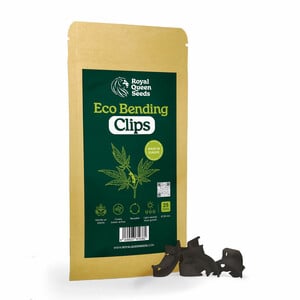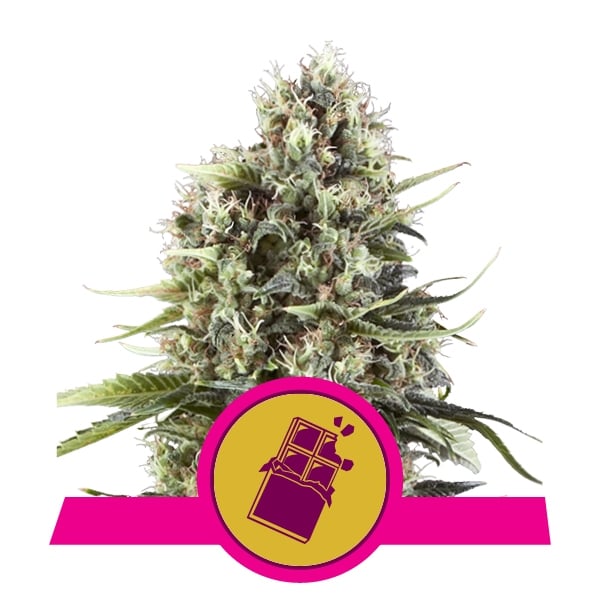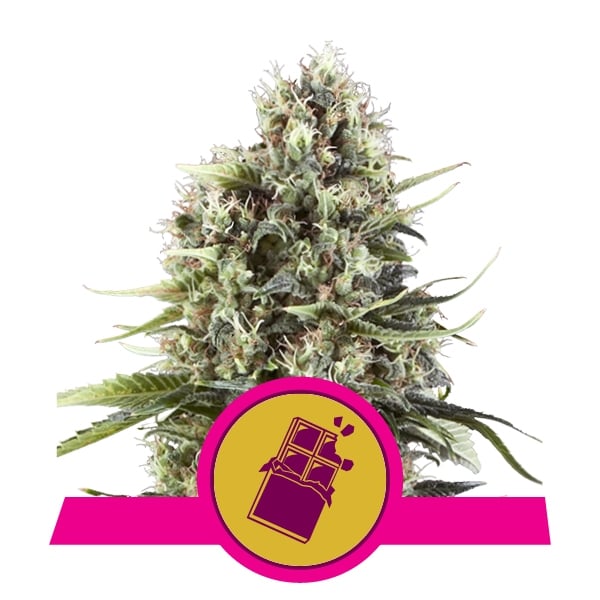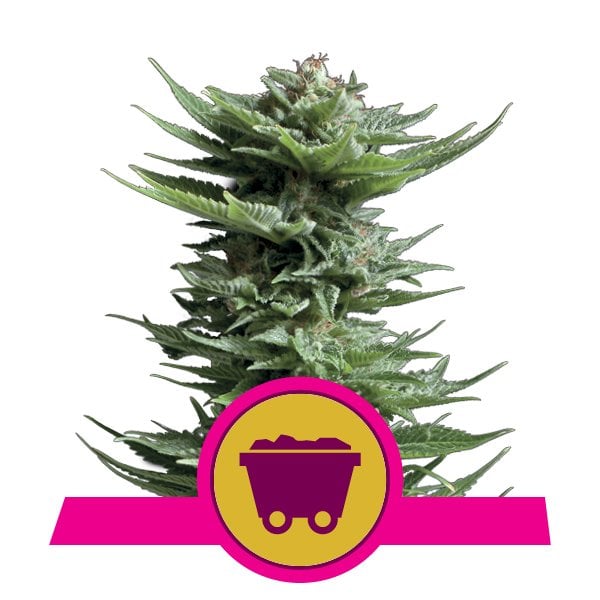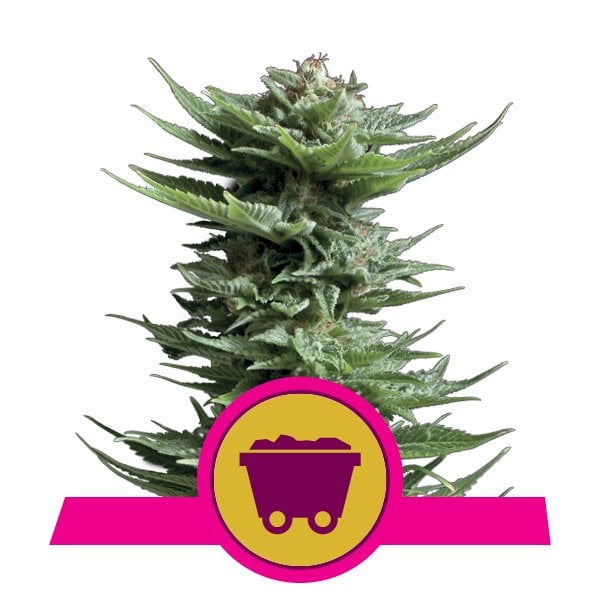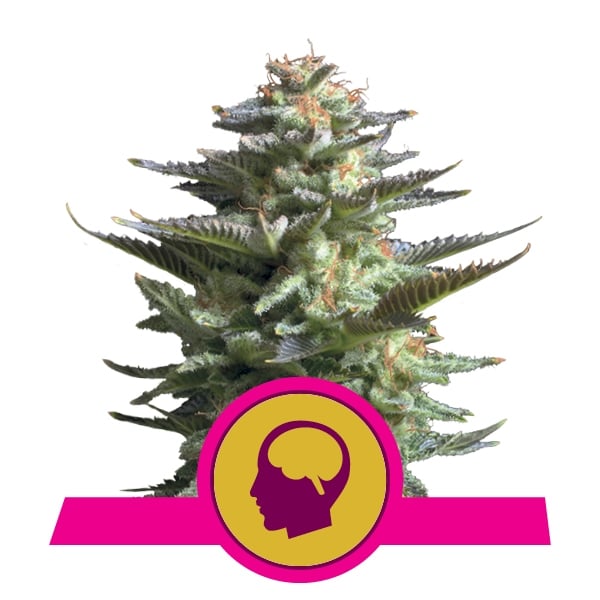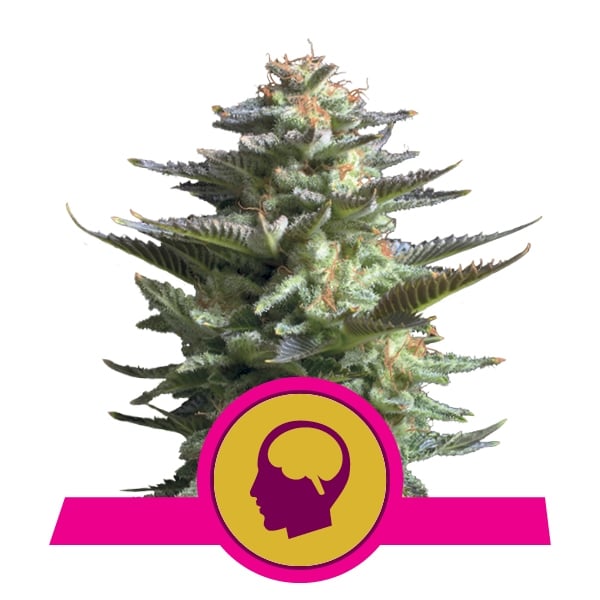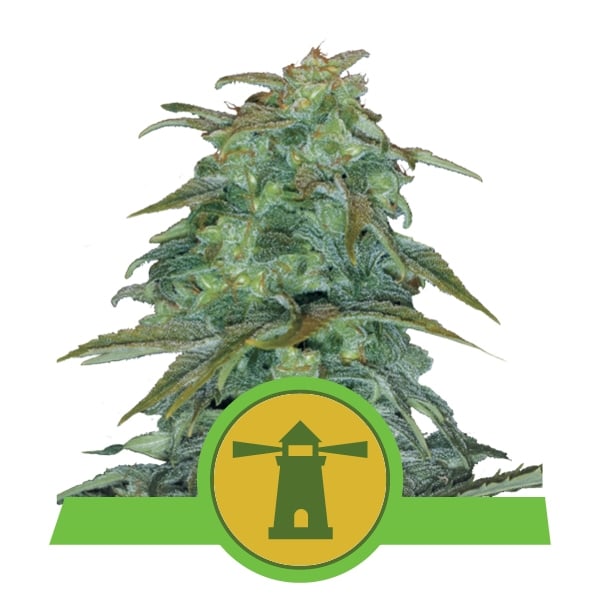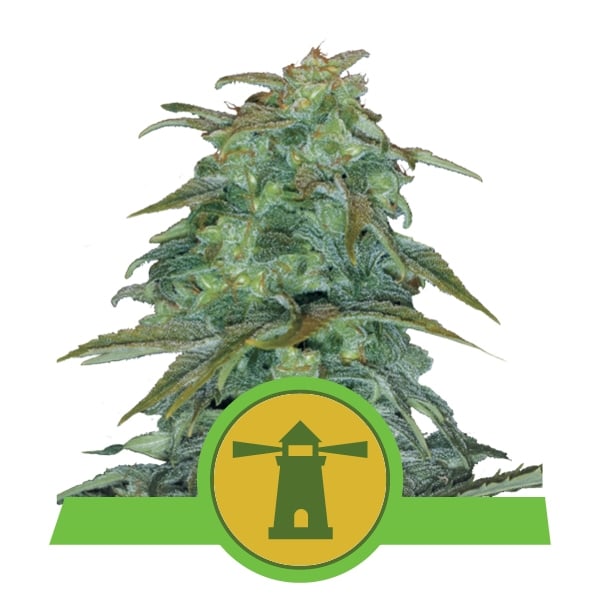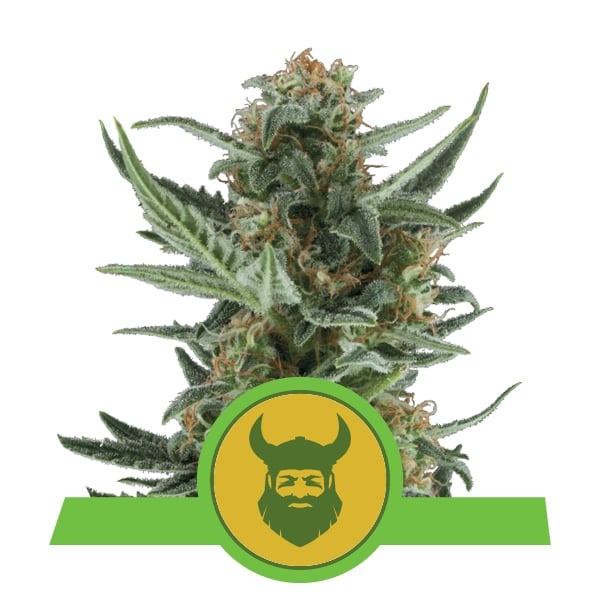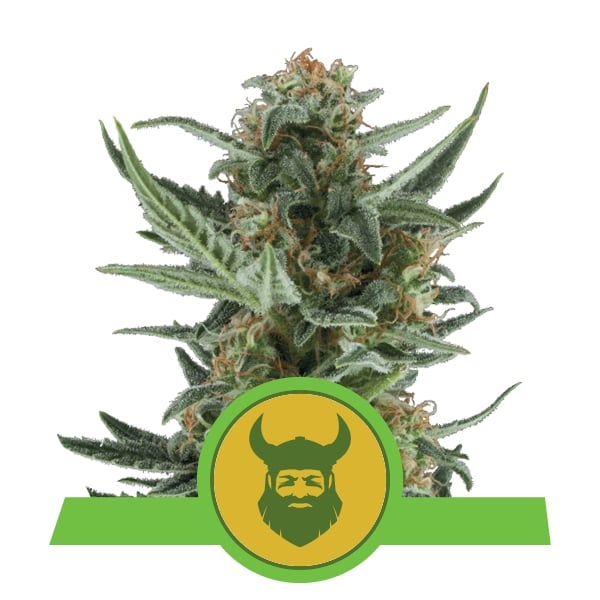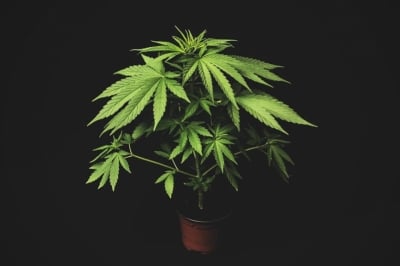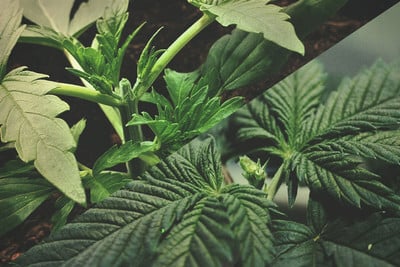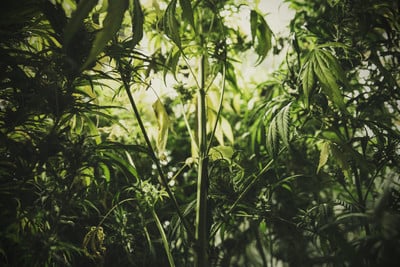Included FREE items

How To Perform Low Stress Training On Cannabis For Better Yields
- Growing cannabis step by step
- Cannabis growing basics
- Choosing your seeds
- How to germinate seeds
- The cannabis vegetative stage
- The cannabis flowering stage
- Harvesting cannabis
- Trimming, drying, and curing
- Choosing pots and soil
-
Growing indoors
- A Complete Overview Of Growing Cannabis Indoors
- Cannabis Cultivation Tips: How To Set Up Indoor Grow Lights
- How Many Cannabis Plants Can You Grow Per Square Metre?
- Indoor Cannabis Growing: Relative Humidity and Temperatures
- Hydroponics Cannabis Growing Guide (with diagrams)
- Cannabis Micro Growing: Growing Great Weed in Tiny Spaces
- Growing outdoors
- How to grow autoflowering cannabis
- Cannabis nutrients and pH
- Cannabis troubleshooting: Nutrients
-
Cannabis troubleshooting: Growing
- Cannabis Seed Germination — Troubleshooting Guide
- How to Deal With Pythium (Root Rot) in Cannabis Plants
- Slow Cannabis Plant Growth And What You Can Do About It
- How to Prevent and Fix Stretching in Cannabis Seedlings
- Watering Your Cannabis: How To Fix Over And Underwatering
- Understanding Male, Female, And Hermaphrodite Cannabis
- Identifying and Treating Common Cannabis Ailments
- How To Revive a Sick Cannabis Plant
- How to Avoid Mouldy Weed During Drying and Curing
- How to Prevent and Treat Dry and Crispy Cannabis Leaves
- What Cannabis Leaves Can Tell You
- Yellow Cannabis Leaves
-
Cannabis Strains Grow Report
- HulkBerry Automatic Grow Report
- Blue Cheese Auto Grow Report
- Purple Punch Automatic Grow Report
- Triple G Automatic Grow Report
- Do-Si-Dos Automatic Grow Report
- Green Gelato Automatic Grow Report
- Haze Berry Automatic Grow Report
- Purple Queen Automatic Grow Report
- Cookies Gelato Automatic Grow Report
- Sherbet Queen Automatic Grow Report
- Sweet Skunk Automatic Grow Report
- Medusa F1 Grow Report
- Cannabis plant training
-
Weed growing tips
- The Cannabis Plant Anatomy
- How to preserve seeds
- How Much Sunlight Do Outdoor Cannabis Plants Need To Grow?
- How to Control and Prevent Stretching in Cannabis Plants
- How And When To Transplant Your Cannabis Plants
- My Cannabis Plants Are Growing Too Tall: What Should I Do?
- Should You Worry About Purple Or Red Cannabis Stems?
- What To Do When Your Indoor Cannabis Won’t Flower
- How To Protect Your Cannabis Plants From Heat Stress
- How To Tell If Your Female Cannabis Plant Has Been Pollinated
- Growing Medical Marijuana
- Bud Washing: How to Clean Your Weed
Contents:
Even if you don’t have a lot of cannabis growing experience under your belt, you should still consider giving low stress training a try. Low stress training (LST for short) is a simple and methodical way to increase your yield while controlling the height and shape of your plants.
What Is Low Stress Training And Why Do We Do It?
As a yield-boosting training method, LST allows growers to make the most of their available space and light. At its simplest, this training technique involves gently bending and tying down cannabis plant branches and stems. We do this for two reasons: First, cannabis normally grows one large main stem that develops one large, elongated cola. This exists alongside other, smaller side-branches with smaller buds to suit. The natural tendency for cannabis to grow into this “Christmas tree” shape is known as apical dominance.
With LST, the goal is to break this apical dominance, instead flattening out the canopy to grow at the same height.
This brings us to the second reason behind LST: better light distribution. By bending and securing plants in a way that breaks apical dominance and evens the height of the canopy, all areas of the plant will be exposed to greater light distribution, thus creating more viable buds sites and larger yields at the end! Not only that, but LST doesn’t even require you to alter your growing setup to achieve great results. All you need is some know-how and a few essential tools.
The History Of Low Stress Training
If you’re familiar with growing cannabis, you’ll know that plants normally develop a few fat buds toward the top of the plant, with several smaller buds below. This is not only true of cannabis, but many other flowers, fruits, and veggies used by humans.
Over centuries, horticulturists have devised ways to get more out of their plants using simple training techniques. These techniques can involve topping and pruning plants, as well as bending, ScrOG, and all manner of other methods. Although they all differ slightly, each one ensures optimal use of light, space, and resources.
Low stress training is a modern variant of an old technique used to force fruiting trees to grow in a flat structure. The ancient Egyptians are thought to have used similar methods to grow fig trees horizontally more than 3,000 years ago. A method known as espalier then became very popular in 17th century Europe, and made espaliered (ie. carefully trimmed and shaped) hedgerows of fruit trees a common sight. The practice was also widely used in apple and pear orchards—not just for better harvests, but more so as a way to beautify the landscape.
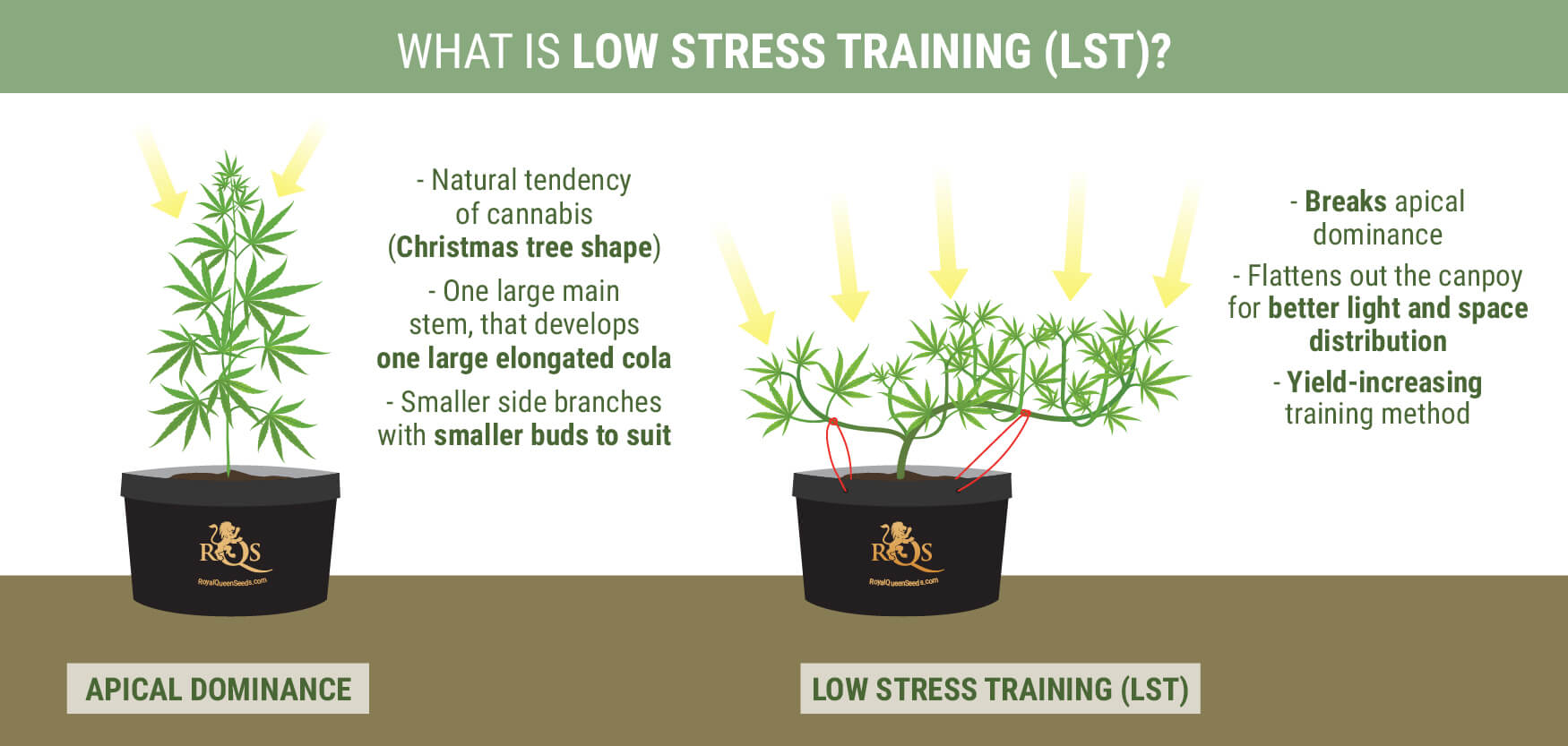
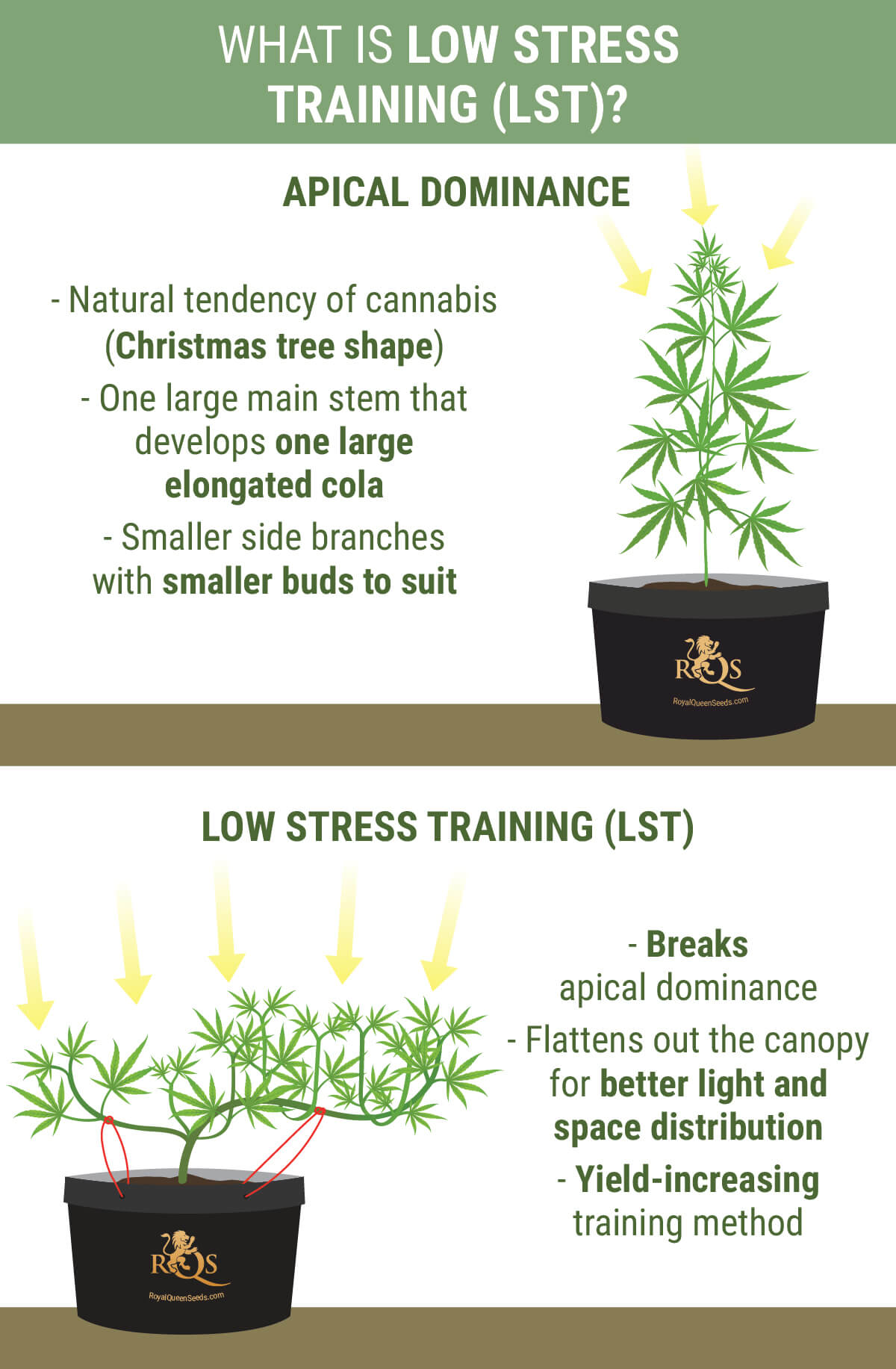
Lst: A Training Technique That Your Cannabis Plants Won’t Mind
A key element of this training technique lies plainly in its name; “low stress” is what separates this method from “high stress” techniques like topping. Whereas the latter technique involves cutting off the plant’s main growing tip in an effort to redistribute growth hormone, LST is much gentler. Not only does this decrease the risk of over-stressing your plant, but it means less time spent waiting for your plant to recover and adapt to high stress changes. With LST, there’s no inherent pruning or trimming, although this method is often used alongside other, more severe tek.
All in all, plants that undergo LST respond very favourably, and will reward you for your efforts and finesse with healthy, hefty yields of huge buds.
What You Need For LST
To properly perform LST on your plants, you need the following equipment:
- Rubber-coated plant wire/soft plant ties
- Thin wooden/bamboo stakes
- Small hand drill
- Duct tape
Although this method requires little supplies, we seriously advise against using regular string to hold down your plants. Regular string or wire is often too thin or harsh, and will cut into the stems and do more harm than good. It’s much better to seek out special plant ties suited for the job.
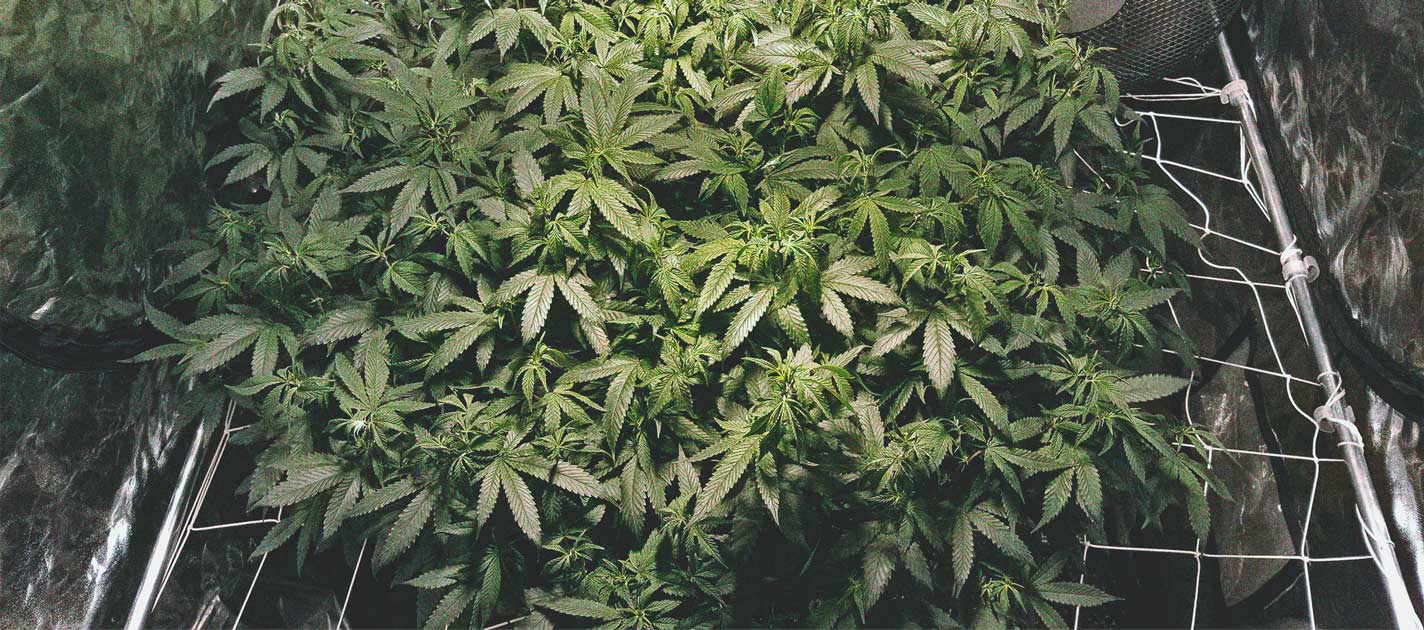
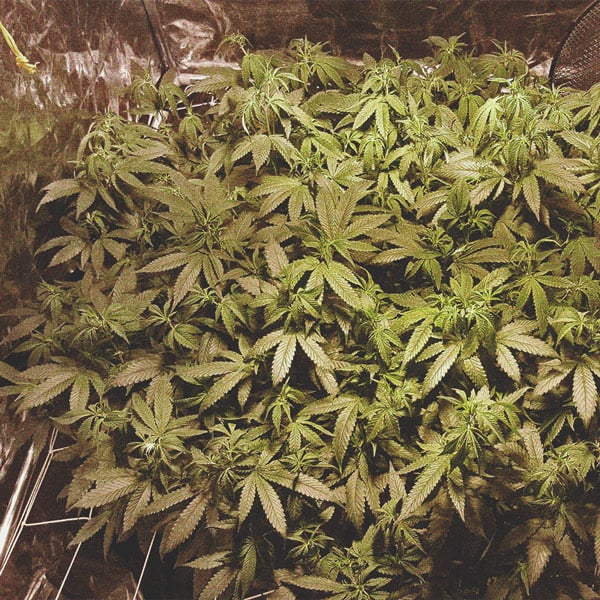
Prepare Your Container For LST
We keep referring to tying down stems and branches, but to where?! All you need to do is drill several holes around the rim of your growing container. Now you can loop the ties through the holes and around the branches to hold the shoots securely in place.
For even more support options, some thin wooden or bamboo stakes with a length of about 30cm work great to hold everything in place. And lastly, because accidents can happen when we’re bending branches, get some duct tape so you can patch up any snaps or breaks.
How To LST Your Cannabis Plants
Let’s get to the interesting bits: how to LST your cannabis plants!
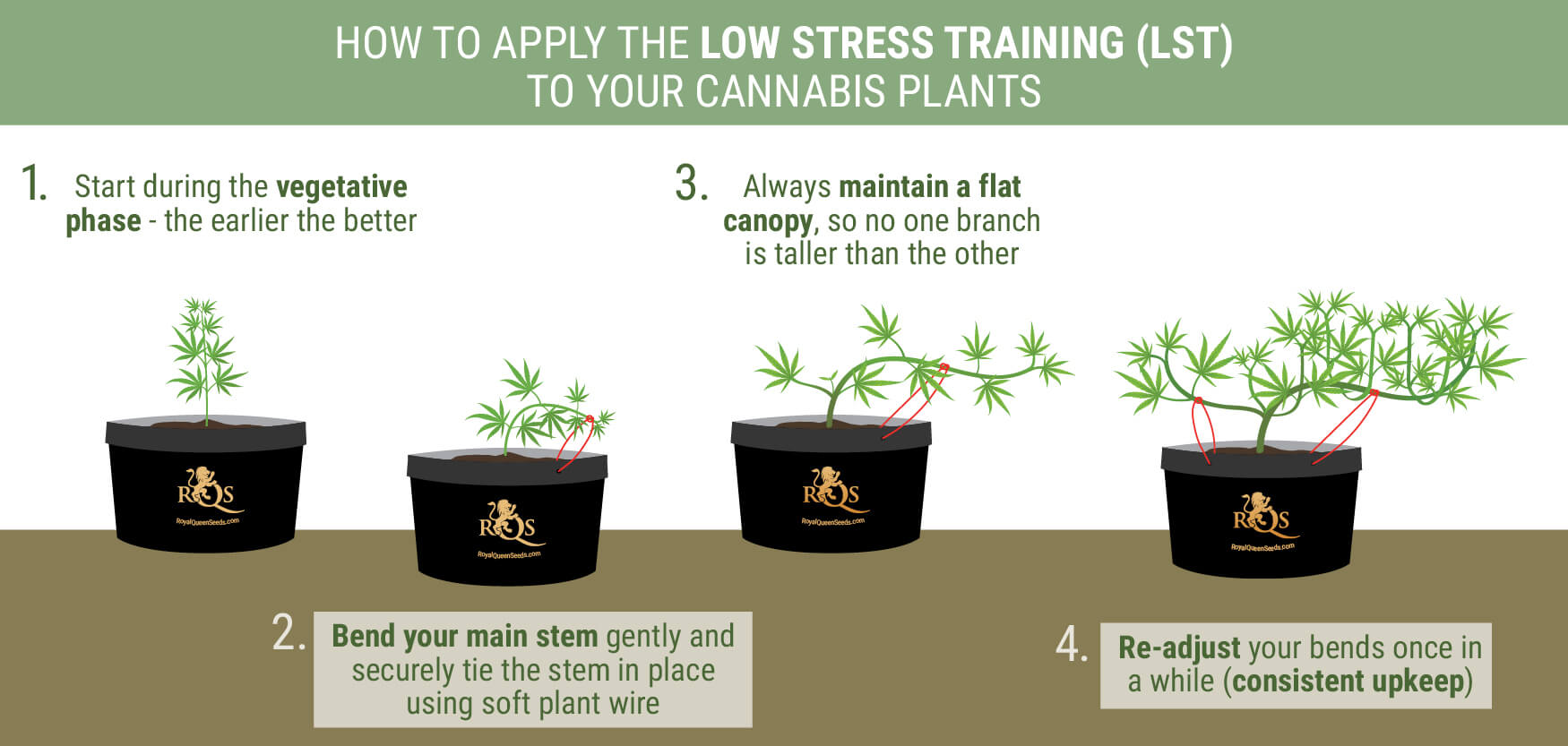
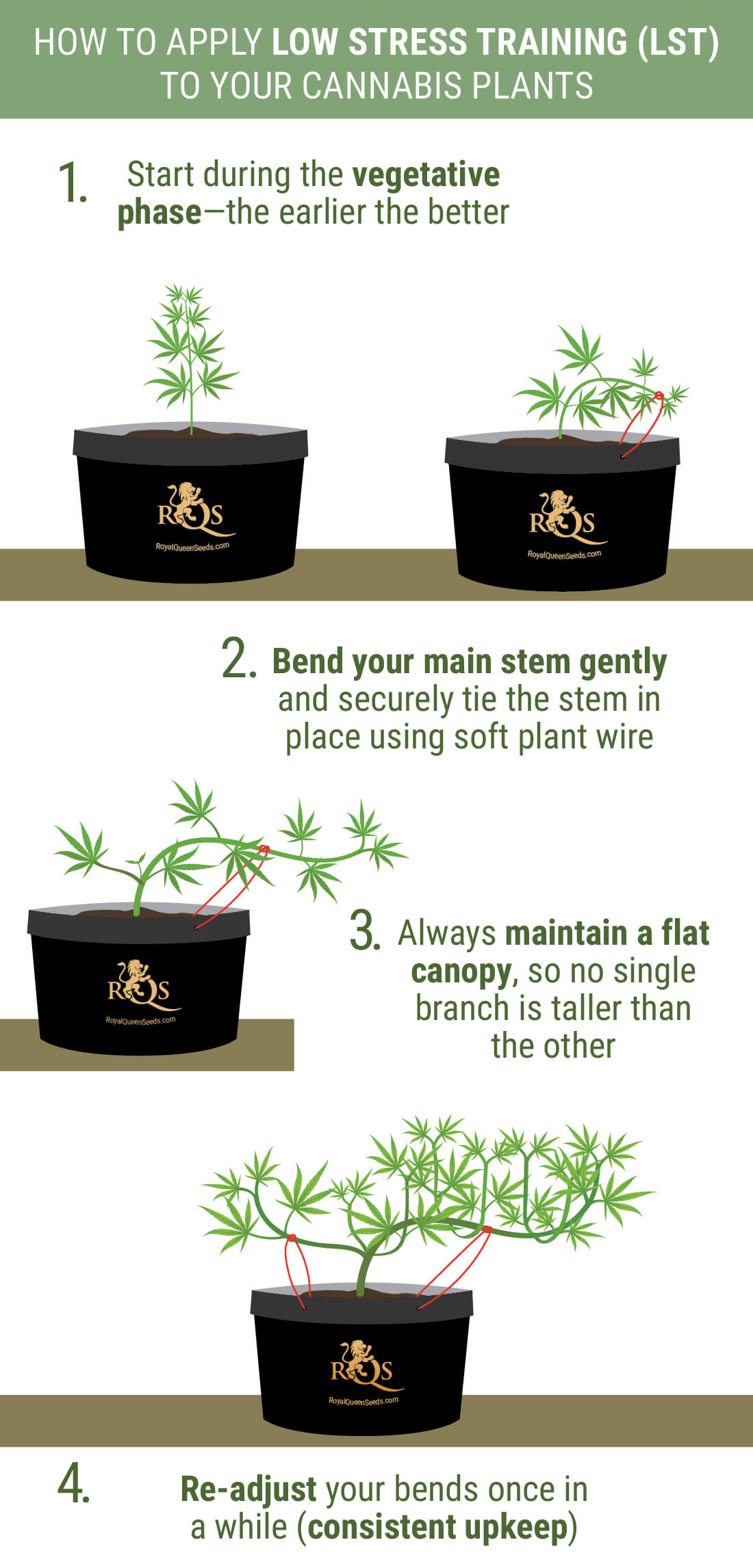
Break Apical Dominance
To start, it’s all about breaking that apical dominance. Begin by bending your main stem gently down toward the rim of the container. Using the soft plant wire and the pre-drilled holes, securely tie the stem in place. Ta da! You’ve just flattened the canopy and made way for future, horizontal growth. This way, light will reach many more buds sites, which in turn will result in a greater yield.
Tips: Some growers choose to first top the main stem, then bend the secondary shoots out to the side. This way, the plant will take on more of a “spider” shape. But even if you’re performing standard LST—without topping—you may want to consider some light defoliation to increase light penetration.
Shape And Maintain Your Plants
One thing to keep in mind with LST is that you always want to maintain a flat canopy, so no one branch is taller than the other. When it comes to shaping, it’s important to bend shoots outward and away from the main stem. This isn’t rocket science per se, but it is helpful to have a desired shape in mind rather than just winging it. Even this can work, but beginners are better off doing some basic planning to avoid any pitfalls.
Moreover, sometimes accidents can happen, say if you accidentally snap a branch as you’re bending it. No reason to freak out! Plants are actually more robust than one may think. As long as a branch hasn’t entirely come off, you can always fix such mishaps with some duct tape. It will take a week or so to heal, but it won’t be the end of the world.
Likewise, know that LST isn’t something you do once and then you’re done. This technique requires consistent upkeep. The reason for this is that your plant will keep growing regardless of what shape you’ve moulded it into. In time, shoots will grow and leaves will get larger. For this reason, you’ll want to re-adjust your bends once in a while to make sure the canopy stays nicely even.
Where And When To LST
Some people think LST is for indoor growers only—but this is far from true! Don’t forget, plant training isn’t exactly new, and it began as an outdoor method to boot. If you live in a colder climate such as the UK and other parts of Northern Europe, outdoor LST can be a good way to increase yield during the summer season, even if you’re not blessed with much sunshine. Likewise, LST can also be a helpful tool to keep your outdoor cannabis plants low-profile. A plant that you tied down for a flatter canopy won’t just give you better yields, but will also draw less attention compared to a towering weed plant somewhere out in the wild, just waiting to be discovered!
As for when you should start with LST, the answer here is: as soon as possible. Once your plant is comfortably in its vegetative stage, it will be primed and ready for manipulation. You don’t want to go too early before the plant has established a few good nodes, but you also don’t want to wait around. There is only one time where LST can be genuinely problematic, and this is when your plant is already into full flowering. At this stage, the plant’s stems may be too rigid to bend, and you risk potentially snapping a branch holding your precious buds. This aside, however, you can start LST at pretty much any time during the vegetative phase. The earlier the better.
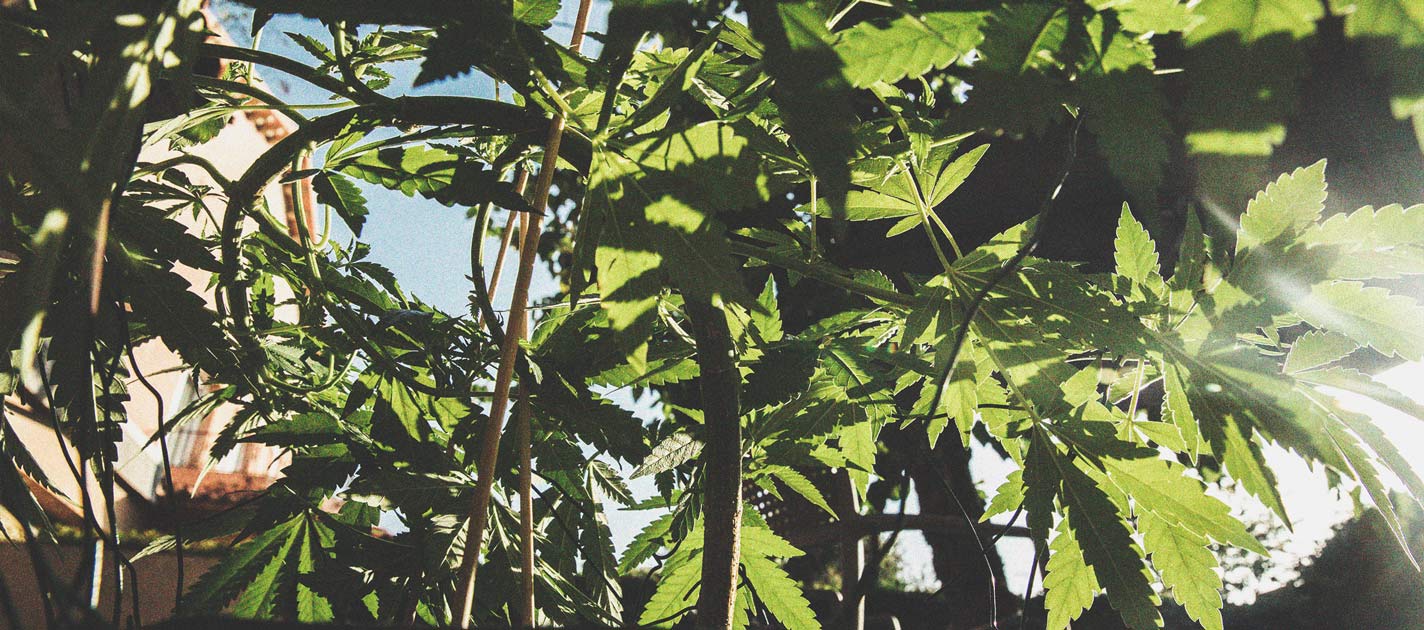
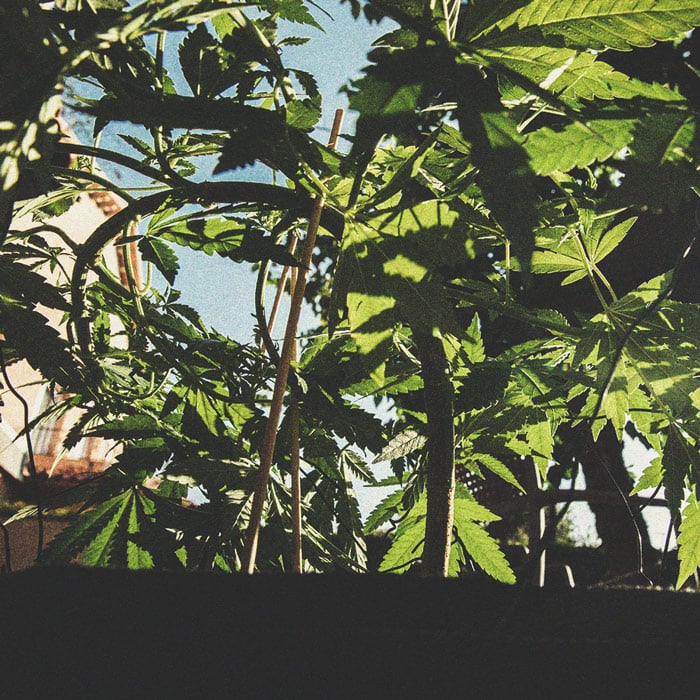
What About LST And Autoflowers?
Can you LST autoflowers? Absolutely!
Autoflowers grow quickly and don’t require a change in light cycle to initiate flowering, meaning they don’t have much time to recover from high stress training methods like topping and defoliation. With LST, however, plants can still benefit from the optimal light exposure, and they won’t need time to recover since it doesn’t cause any real damage. Although the autos of old likely would not hold up well to LST, the new generation is more than capable of handling it.
In fact, LST can be a great way to boost the yield of your autoflowering cultivars! Just know that autos will go into flowering after about 4 weeks, so you should have already made up your mind whether you want to LST them or not! Get started as early as possible for best results.
Here are the top 5 strains to utilise the LST method with:
1. Chocolate Haze
Chocolate Haze is an absolute treat for the taste buds, with hints of chocolate, sweetness, and earthiness lighting up the tongue when smoked or vaped. The unique terpene profile within the flowers was gifted to this strain via the breeding of parent strains OG Chocolate Thai and Cannalope Haze. Chocolate Haze is a sativa-dominant plant that features 95% sativa genetics and just 5% indica genetics. This results in a potent high that is cerebral, motivating, and very energising. Fuelled by a THC content of 20%, this high takes hold fast, and is often the source of some very interesting and deep conversations.
Chocolate Haze can be grown successfully both indoors and outdoors, and is a strong contender for the LST method. Indoor plants cultivated within grow rooms or tents are capable of rewarding growers with yields of between 475–525g/m². Outdoor plants grown within garden beds or pots are able to produce harvests of up to 500g/plant, and are ready for harvest during late October. Chocolate Haze favours a mild climate and features a flowering time of 9–10 weeks.
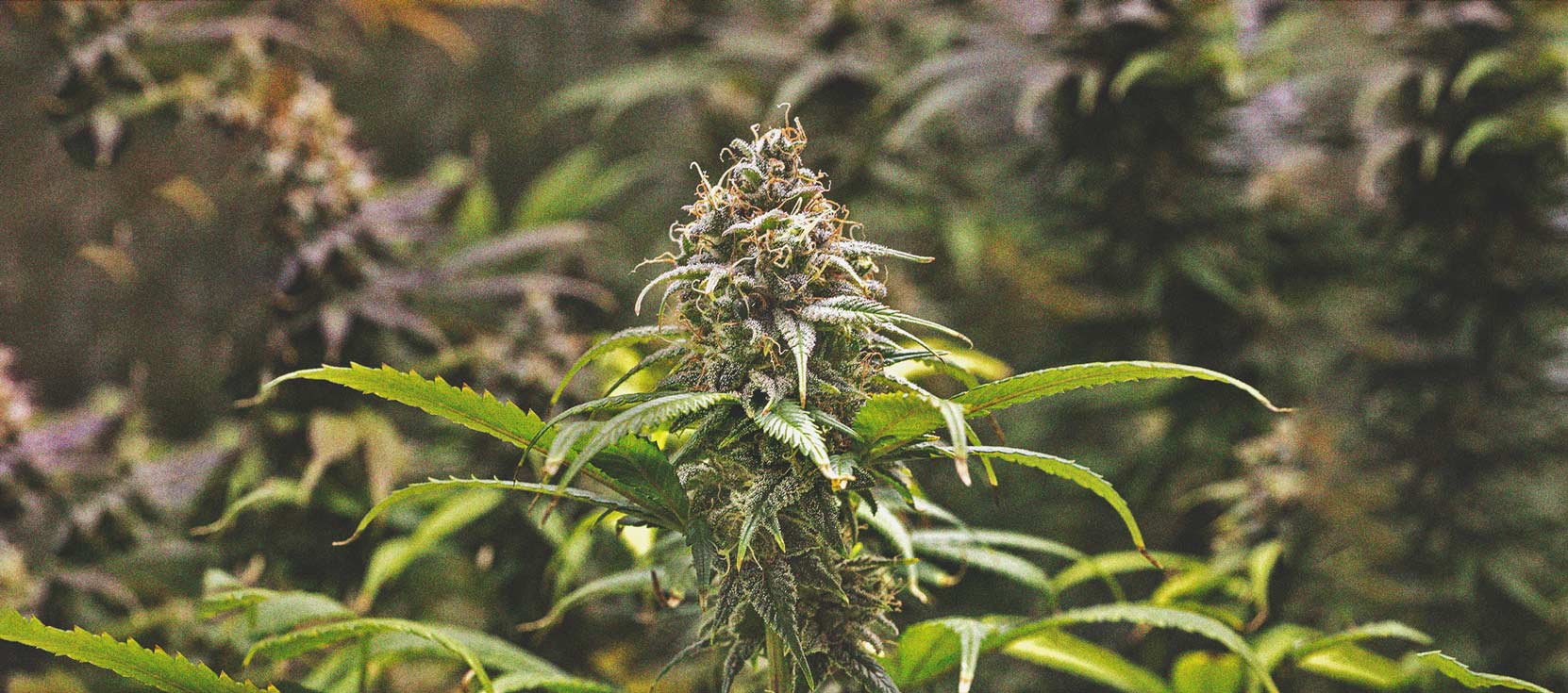
| Chocolate Haze | |
| OG Chocolate Thai x Cannalope Haze | |
| 475 - 525 gr/m2 | |
| 90 - 160 cm | |
| 9 - 10 weeks | |
| THC: 20% (aprox.) / CBD: Low | |
| 95% Sativa, 05% Indica, 0% Ruderalis | |
| 450 - 500 g/per plant (dried) | |
| 150 - 200 cm | |
| Late October | |
| Chocolate, Sweet, Earthy |
Chocolate Haze
| OG Chocolate Thai x Cannalope Haze | |
| 475 - 525 gr/m2 | |
| 90 - 160 cm | |
| 9 - 10 weeks | |
| THC: 20% (aprox.) / CBD: Low |
| 95% Sativa, 05% Indica, 0% Ruderalis | |
| 450 - 500 g/per plant (dried) | |
| 150 - 200 cm | |
| Late October | |
| Chocolate, Sweet, Earthy |
2. Shining Silver Haze
Shining Silver Haze is a superb option when it comes to selecting a strain for LST. She is fast to flower and offers powerful highs and fantastic yields to boot. Shining Silver Haze features genetics partially passed down from the world-renowned and legendary Haze, bred with an equally legendary cross of Skunk and Northern Light. This powerful mix of genetics produced a sativa-dominant plant featuring 75% sativa genetics and 25% indica. The flowers of this strain produce a large coat of resin that contains THC levels of around 21%. Smoking a bong bowl or joint loaded with Shining Silver Haze results in a instant and potent high that targets the mind almost entirely, inducing a motivated and creative state. This satisfying effect is coupled with pleasant scents and tastes of sweetness, earthiness, and citrus.
Shining Silver Haze is capable of churning out 600–650g/m² when grown indoors. Her medium height makes her an easy strain to tame using LST. Plants grown outdoors are able to produce harvests of up to 650g/plant, making them an ideal option for getting the most amount of bud out of the available space. Shining Silver Haze has a flowering time of 9–11 weeks, with outdoor plants ready for harvest during late October.
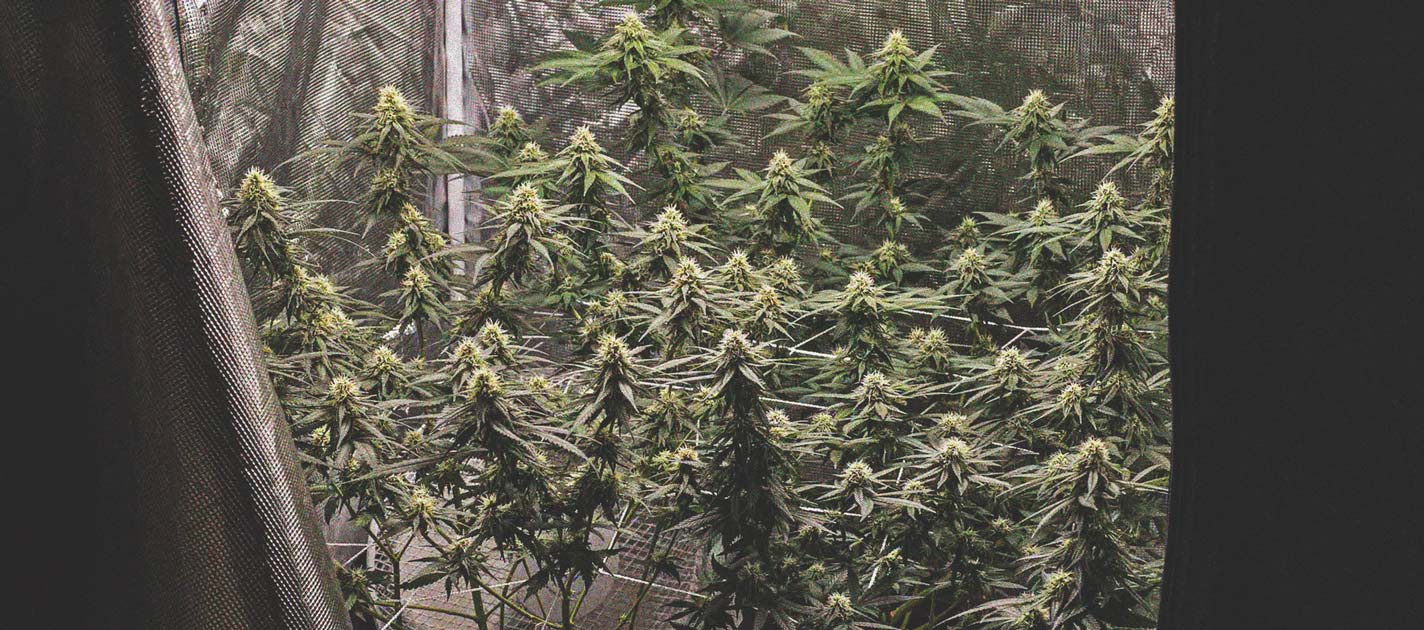
| Shining Silver Haze | |
| Haze x (Skunk x Northern Light) | |
| 600 - 650 g/m2 | |
| 80 - 120 cm | |
| 9 - 11 weeks | |
| THC: 21% (aprox.) / CBD: Medium | |
| 75% Sativa, 25% Indica | |
| 600 - 650 g/per plant (dried) | |
| 180 - 220 cm | |
| Late October | |
| Very high |
Shining Silver Haze
| Haze x (Skunk x Northern Light) | |
| 600 - 650 g/m2 | |
| 80 - 120 cm | |
| 9 - 11 weeks | |
| THC: 21% (aprox.) / CBD: Medium |
| 75% Sativa, 25% Indica | |
| 600 - 650 g/per plant (dried) | |
| 180 - 220 cm | |
| Late October | |
| Very high |
3. Amnesia Haze
Amnesia Haze was created after Haze genetics arrived within the borders of Holland. Breeders created numerous hybrids, one of which was bred with an old-school Haze, giving rise to Amnesia Haze. This well-known variety is famed for her potency and impressive yields, two factors that make her attractive for LST. She features 70% sativa genetics and 30% indica, a balance that ensures a high that targets both body and mind. Each hit can be felt almost immediately, sending the mind into a creative frenzy whilst relaxing the body and melting the muscles. The flowers of this strain are loaded with terpenes that provide earthy and citrus scents.
Amnesia Haze produces good yields both indoors and outdoors. She is known to grow tall, but LST makes taming her that much easier, promoting more lateral and bushy growth. Plants cultivated indoors produce yields of between 600–650g/m², whereas outdoor plants can pump out massive yields of up to 700g/plant. Amnesia Haze has a flowering time of 10–11 weeks, with outdoor plants ready to harvest during late October.
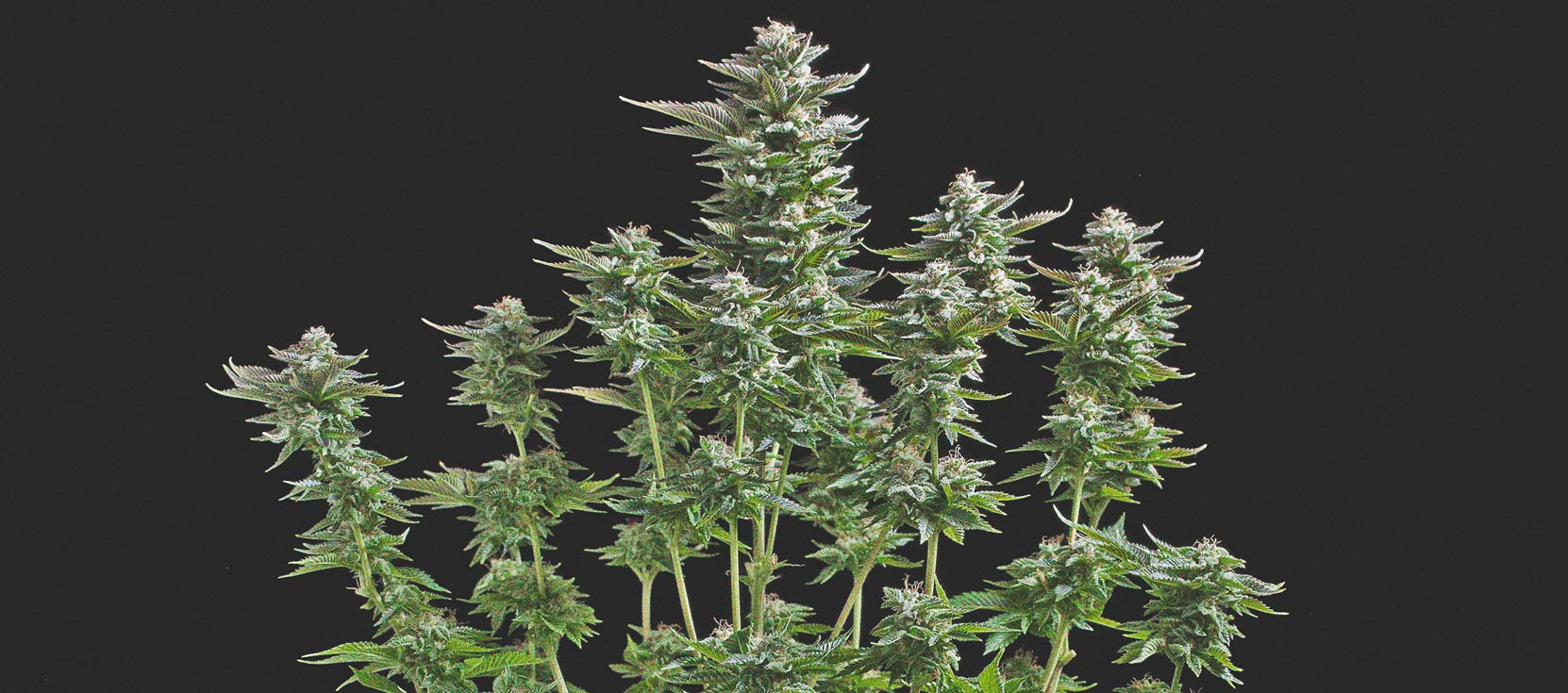
| Amnesia Haze | |
| Original Amnesia Haze | |
| 600 - 650 gr/m2 | |
| 80 - 140 cm | |
| 10 - 11 weeks | |
| THC: 22% (aprox.) / CBD: Medium | |
| 70% Sativa, 30% Indica, 0% Ruderalis | |
| 650 - 700 g/per plant (dried) | |
| 175 - 210 cm | |
| Late October | |
| Extremely high, long-lasting, body relaxing |
Amnesia Haze
| Original Amnesia Haze | |
| 600 - 650 gr/m2 | |
| 80 - 140 cm | |
| 10 - 11 weeks | |
| THC: 22% (aprox.) / CBD: Medium |
| 70% Sativa, 30% Indica, 0% Ruderalis | |
| 650 - 700 g/per plant (dried) | |
| 175 - 210 cm | |
| Late October | |
| Extremely high, long-lasting, body relaxing |
4. Royal Haze Automatic
Royal Haze Automatic is another great candidate for LST, especially for those who want to harvest buds as soon as possible. She is the result of potent parent strains Amnesia Haze, Skunk, and a ruderalis variety, a mix that has created a genetic makeup consisting of 50% sativa genetics, 20% indica, and 30% ruderalis. The strain offers moderate highs that are satisfying but not overwhelming, with THC clocking in at around 15%. The high itself is more mind-oriented, offering cerebral, uplifting, and motivating sensations. She’s a great strain to fire up just before engaging in creative work such as writing or making music. Each hit from a joint or vape is accompanied by aromas and flavours of citrus and herbs.
Royal Haze Automatic explodes from seed to harvest in as little as 10 weeks, making her ideal for growers in search of a fast turnaround. Plants grown indoors yield between 300–350g/m² and grow to small heights, making them even easier to manage using LST. Outdoor plants offer yields of up to 180g/plant, figures which may be exceeded using LST.
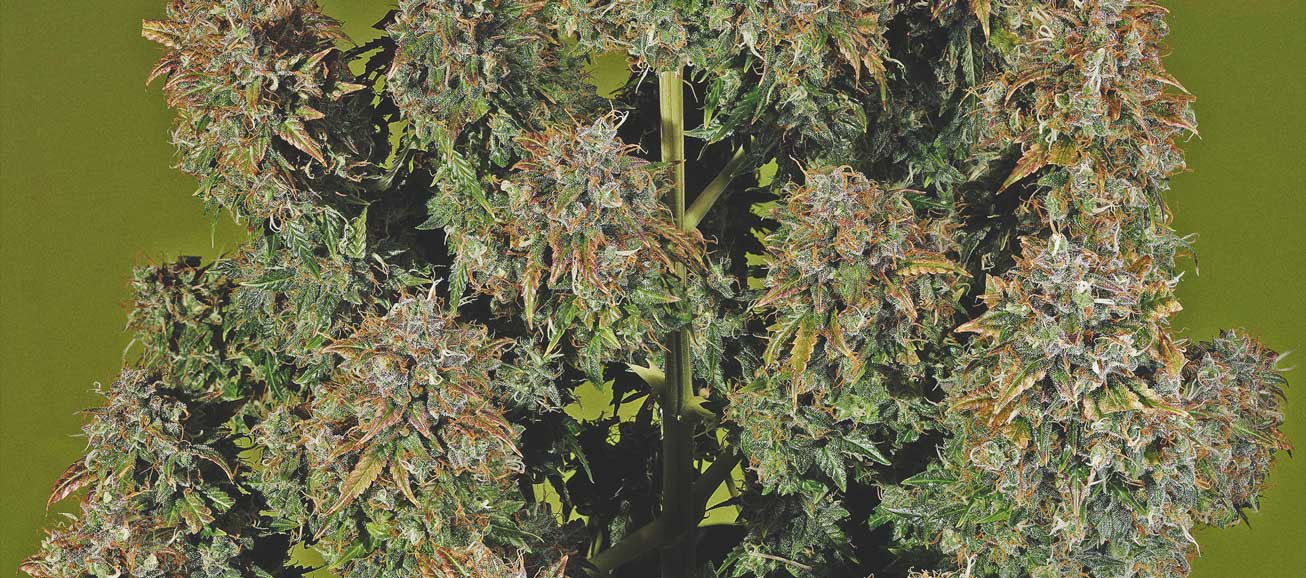
| Royal Haze Automatic | |
| Amnesia Haze x Skunk x Ruderalis | |
| 300 - 350 g/m2 | |
| 65 - 85 cm | |
| 6 - 8 weeks | |
| THC: 15% (aprox.) / CBD: Low | |
| 50% Sativa, 20% Indica, 30% Ruderalis | |
| 130 - 180 g/per plant (dried) | |
| 120 - 150 cm | |
| 10-12 weeks after planting | |
| Cerebral and uplifting |
Royal Haze Automatic
| Amnesia Haze x Skunk x Ruderalis | |
| 300 - 350 g/m2 | |
| 65 - 85 cm | |
| 6 - 8 weeks | |
| THC: 15% (aprox.) / CBD: Low |
| 50% Sativa, 20% Indica, 30% Ruderalis | |
| 130 - 180 g/per plant (dried) | |
| 120 - 150 cm | |
| 10-12 weeks after planting | |
| Cerebral and uplifting |
5. Royal Dwarf
Royal Dwarf is an ideal strain for growers dealing with limited space, or those wanting to keep their growing operations as discreet as possible. This tiny variety was created via a breeding project featuring parent strains Skunk and ruderalis. She is an excellent beginner strain in numerous ways. For one, she is very easy to grow and offers beautiful buds within a rapid timeframe. Secondly, her flowers contain a THC content of 13%, ideal for novice smokers who want to start things off gently. Royal Dwarf is slightly sativa-dominant, resulting in highs that are motivating and inspiring.
Royal Dwarf usually reaches heights of between 40–70cm indoors and 50–90cm outdoors. She can be kept even closer to the ground using LST, with a potential increase in yields. Indoor plants usually pump out 150–200g/m², whereas outdoors plants provide 80g/plant. Royal Dwarf is a hardy strain that can comfortably tolerate cold climates.
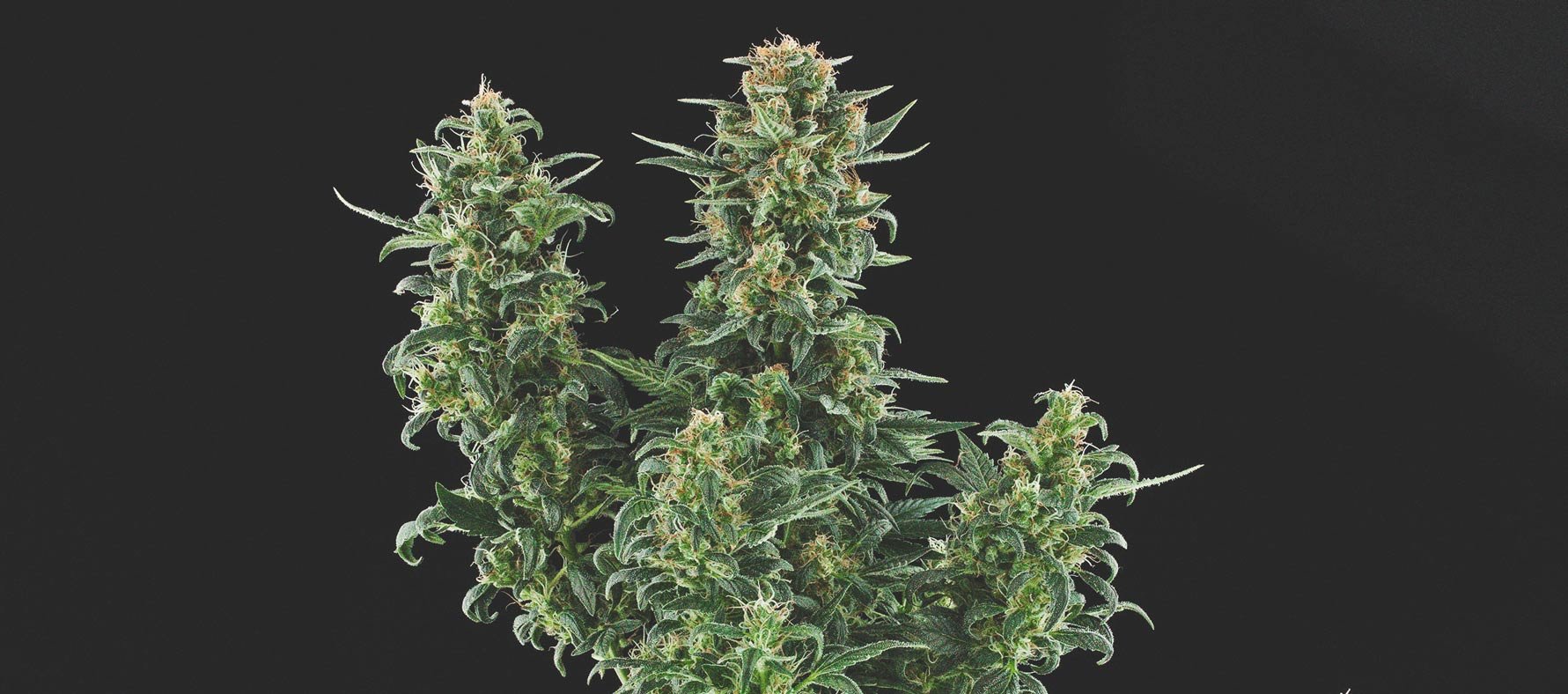
| Royal Dwarf | |
| Skunk x Ruderalis | |
| 150 - 200 g/m2 | |
| 40 - 70 cm | |
| 6 - 7 weeks | |
| THC: 13% (aprox.) / CBD: Low | |
| 60% Sativa, 10% Indica, 30% Ruderalis | |
| 30 - 80 g/per plant (dried) | |
| 50 - 90 cm | |
| 8- 9 weeks after germination | |
| Physically stoned |
Royal Dwarf
| Skunk x Ruderalis | |
| 150 - 200 g/m2 | |
| 40 - 70 cm | |
| 6 - 7 weeks | |
| THC: 13% (aprox.) / CBD: Low |
| 60% Sativa, 10% Indica, 30% Ruderalis | |
| 30 - 80 g/per plant (dried) | |
| 50 - 90 cm | |
| 8- 9 weeks after germination | |
| Physically stoned |


























